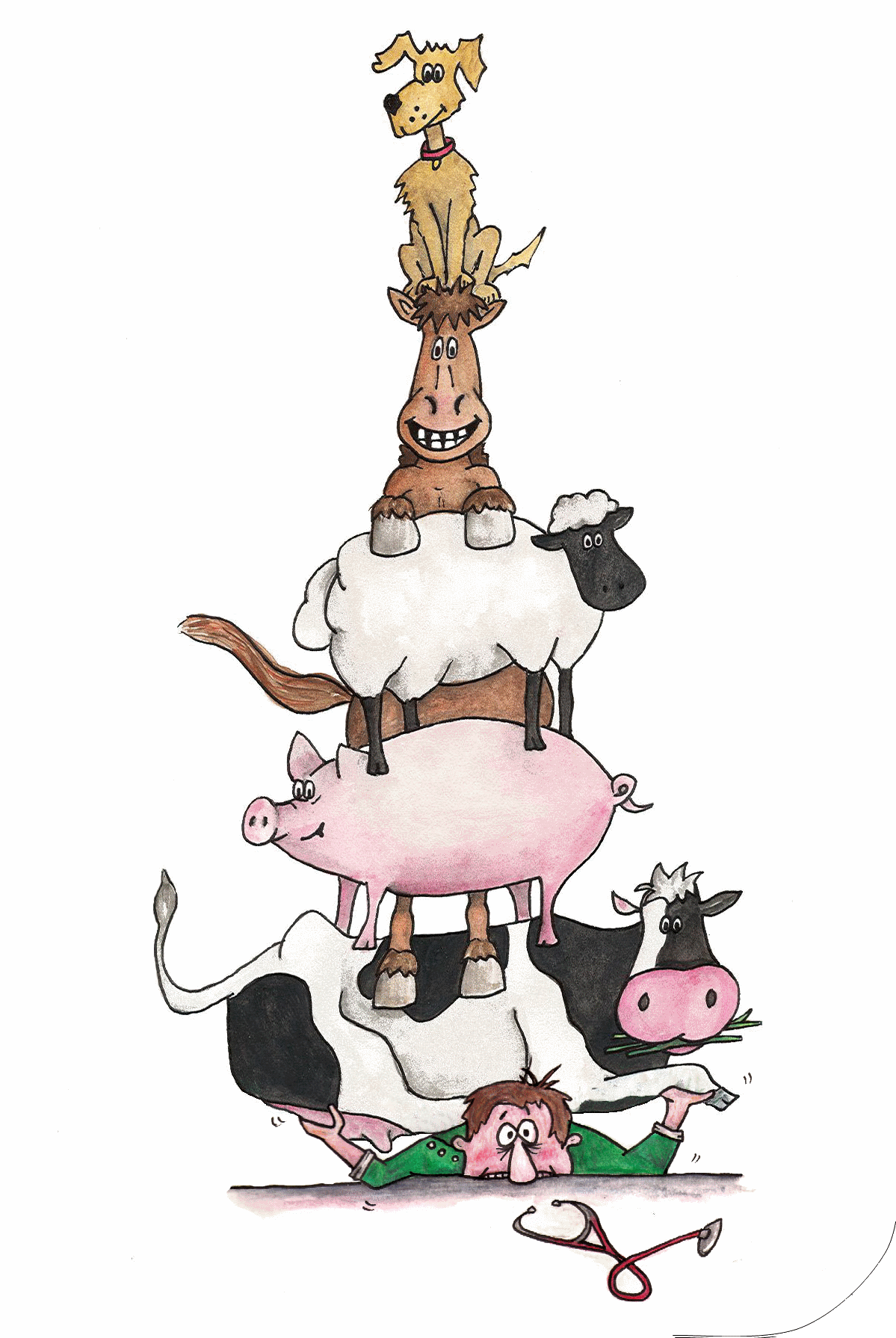Are you putting your dog's life at risk?
Dog owners could be putting lives at risk on a daily basis.
This comes as recent research reveals that over a quarter (27%) of owners are unaware that the Highway Code states that dogs and other animals should be suitably restrained during a car journey and nearly a fifth (19%) of those questioned do not restrain their dog in the car.
Despite 90% of pet owners stating that their dog travels well in the car, the research by Ceva Animal Healthshows that 40% of dogs display stress-related behaviours including panting (10%), salivating excessively (8%), vomiting (7%), barking (5%), whining (5%), trembling (3%), urinating/defecating (1%) and attempting to escape (1%), with a quarter (25%) of dog owners admitting to doing nothing to alleviate their pet’s travel fears.
One way to reduce the level of stress that a dog feels when travelling is to ‘desensitise’ it to the car. A dog should firstly learn to sit when the car is stationary and associate it with treats and play. The next step is to encourage a dog to sit in the car with the engine running. This can progress to going out on short trips, with each trip getting progressively longer.
At each stage a dog should be rewarded with treats or play for learning to remain calm. A dog should never be punished for showing any signs of fear or stress; instead dog owners should stop the activity immediately and allow the dog to calm down before resuming any further desensitisation.
Using an Adaptil Collar on a dog and/or Adaptil Spray on its blanket will help calm and reassure it during the desensitisation and subsequent journeys.
Emma Jackson, Adaptil product manager at Ceva, says: "There is currently no law that stipulates that a dog or other animals must be restrained while travelling in a vehicle, however The Highway Code offers guidance on simple precautions to suitably restrain a pet so it cannot distract you while you are driving or cause injuries if you brake suddenly. These include using a seat belt harness, boot guard, pet carrier or dog cage.
"Using these, in conjunction with a desensitisation programme, will ensure that both pets and owners are safe and happy when travelling."





